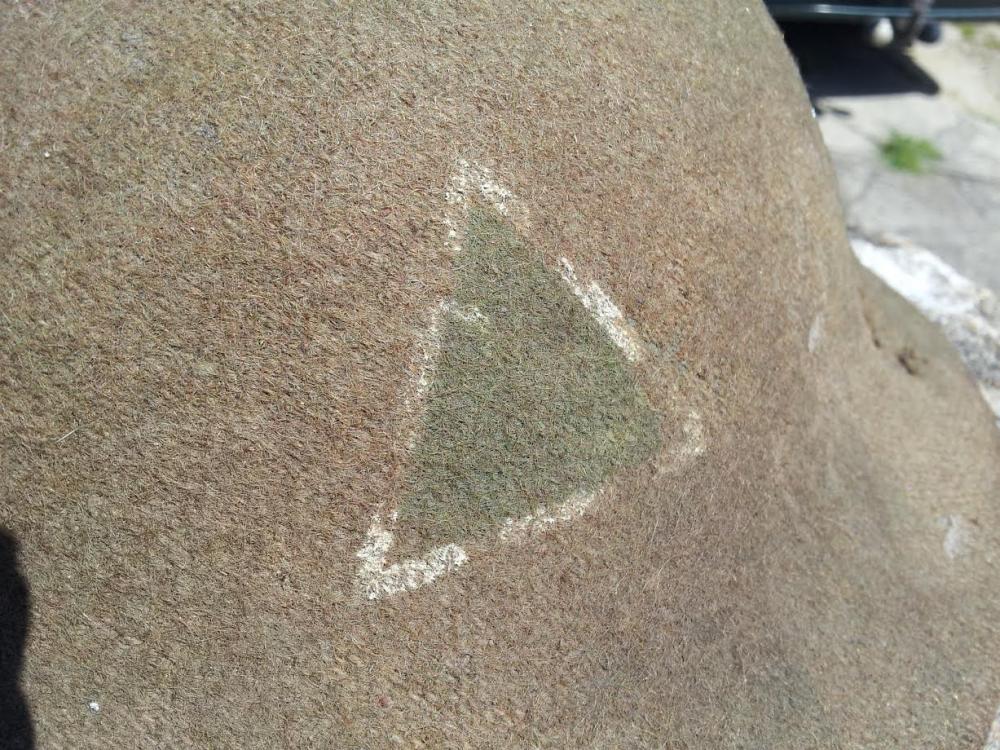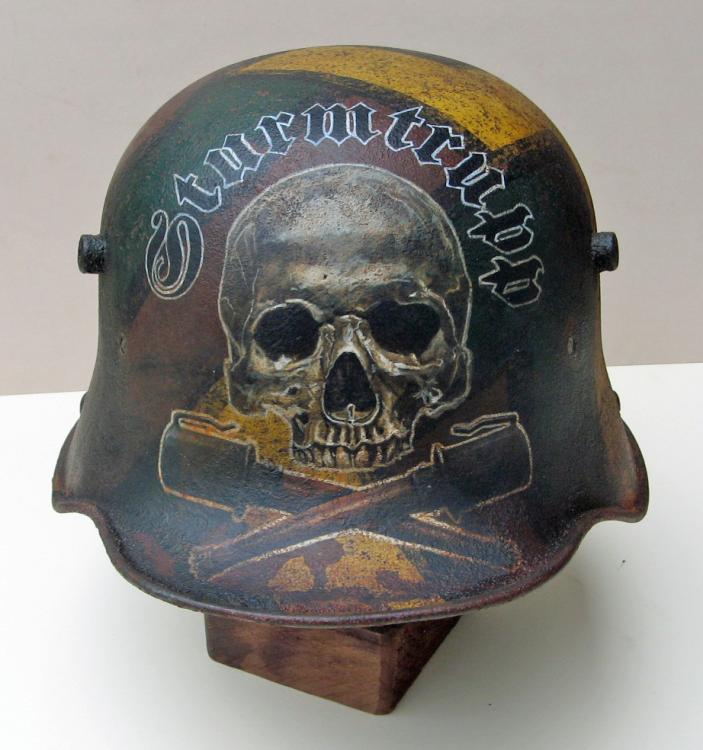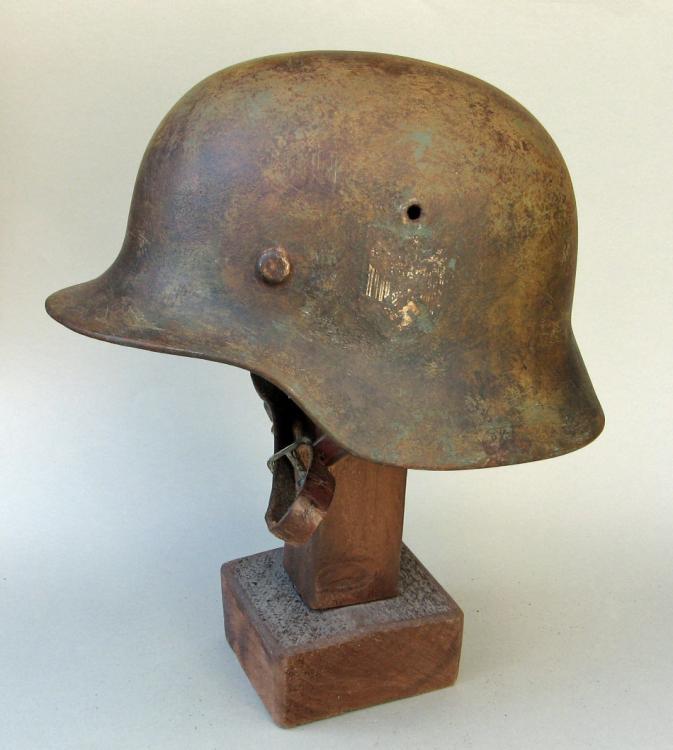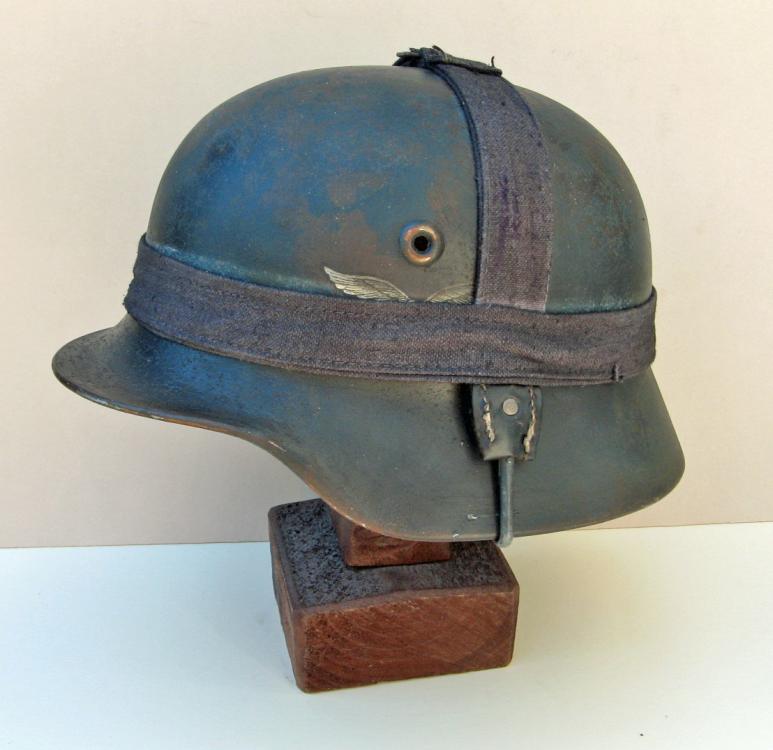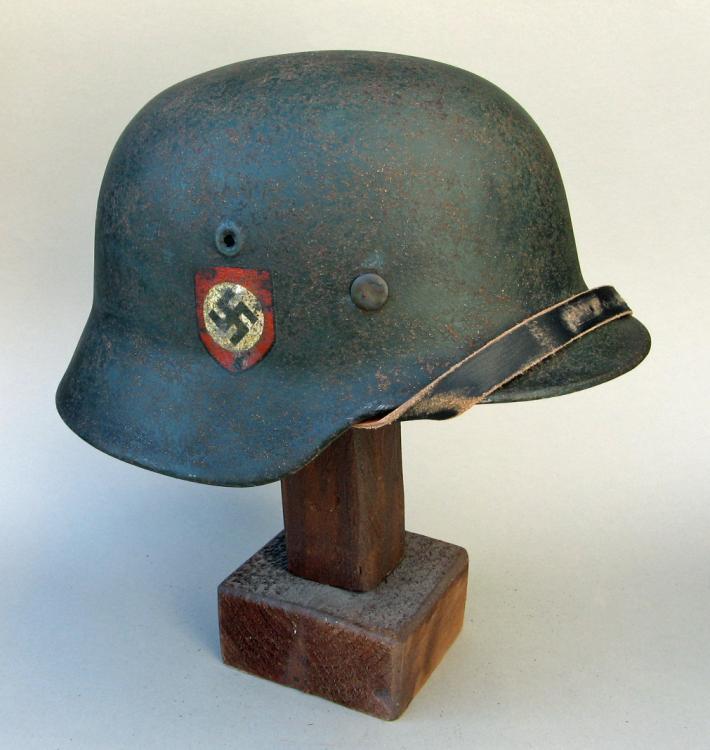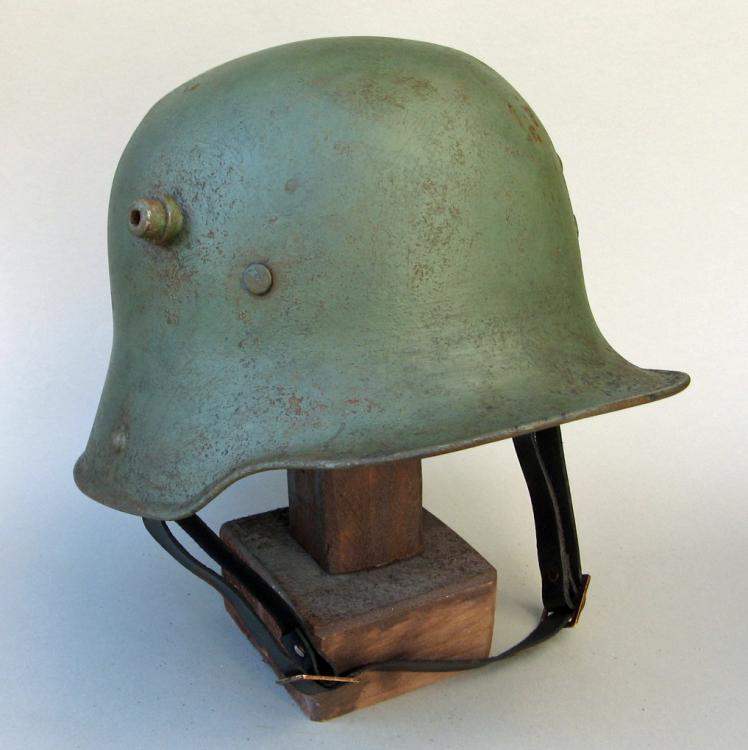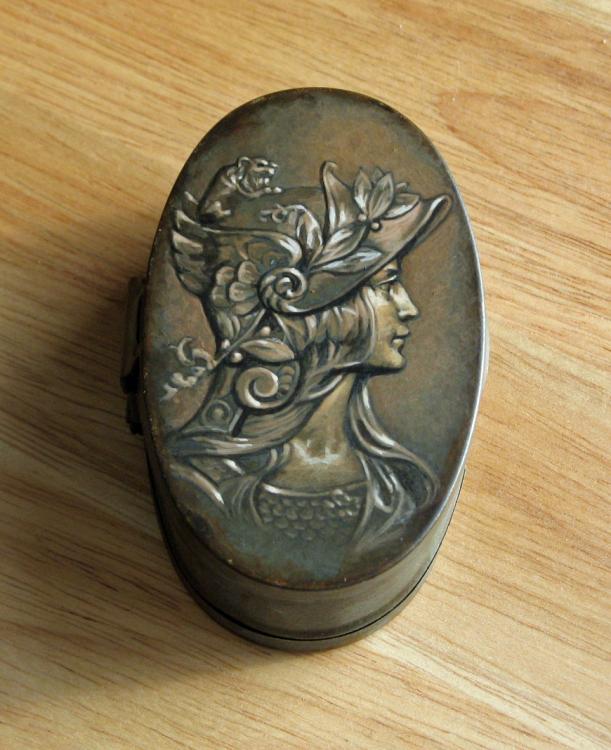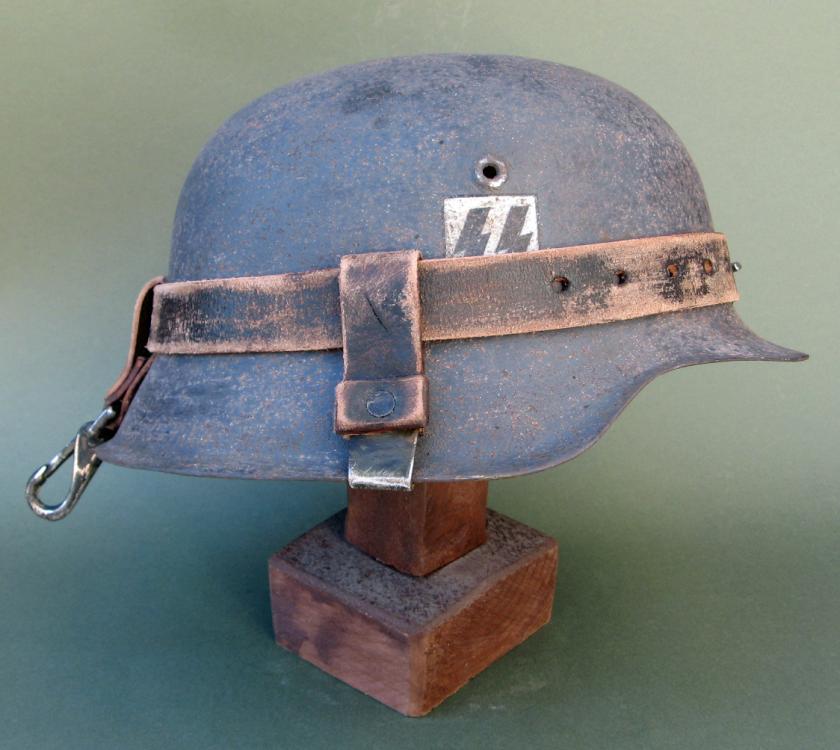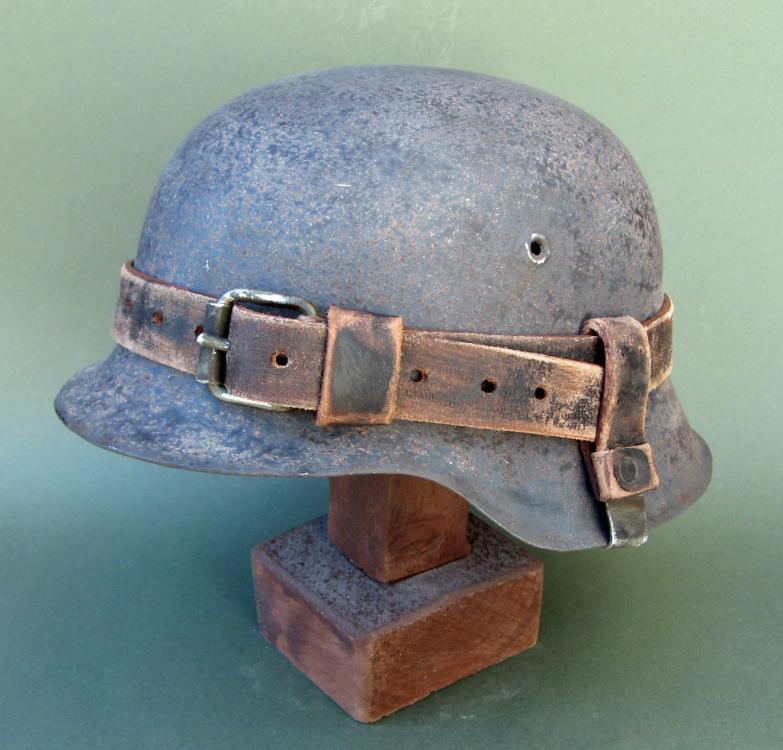-
Posts
1,869 -
Joined
-
Last visited
-
Days Won
7
Content Type
Profiles
Forums
Blogs
Gallery
Events
Store
Everything posted by Spasm
-

Strange trench design. Aerial photo. Explanation?
Spasm replied to GreyC's topic in The Great War 1914 to 1918
Sherman tanks - Yanks - Those of the colonies -

Strange trench design. Aerial photo. Explanation?
Spasm replied to GreyC's topic in The Great War 1914 to 1918
Strong points would be constructed on both ends of an attacking line to protect the flanks or as a base of operations etc, covered by machine guns in the main trench line. They could also be constructed as a rallying area or defensive 'fort' behind the main line in case of retreat or threat of attack. A sort of bastion that could hold out and divide the attacking lines of troops. Andy - It's the Shermans who write 7-29-16, English is the more traditional 29-7-16, but I reckon it's French as the 7s are crossed, not an English thing, and the loop of the 9 below the base line, again English would most likely have a straight backed 9. The strong points look as though they were constructed at the time of the main trench line, given the looks of the excavated chalk. Could be the Somme area given that it is almost all chalk there. They are very well set out, unlike the similar construction at the very top of the photo. Much more 'messy' and not so well set out. So, looks like this was a prepared defensive line to protect the road and whatever those 'sidings' are behind the line. -

Strange trench design. Aerial photo. Explanation?
Spasm replied to GreyC's topic in The Great War 1914 to 1918
-
I was struck how cool the Patton movie poster looked when I was finding pictures of him to paint and put it on the others. They're only practise sketches that'll be binned at some point and some of the older Geezers (Lionheart, Saladin, Henry III, etc) would be pretty hard to recognise
-
Very impressed with your skills Brian, outstanding other than measure twice before cutting strings as they look to have taken some time to make. I agree with your thoughts on attacking a heavily defended position. The English were pretty well sorted with the terrain. I have also heard that there was a quite steep embankment/bund (that is still there) which forced the heavily armoured French into a fairly narrow avenue and thus a fairly compact target for the warbows. Having watched a few videos on crossbows it seems that it was a fairly easy operation to change the strings. There's a miniature 1/6th scale world record holder (go figure) - the youtube video is called "miniature medieval crossbow world record part 4" if you'd like to see it (I did put the link on here but it sort of took over the blog) - it clearly shows how the strings were removed. Perhaps the winch shown came slightly later than Crecy but they certainly had the goat's foot lever. And, as you say, they didn't have to do this all by themselves. My thoughts are still that the French Noble Knights, having seen the much smaller English army, convinced themselves (and their illustrious leader) that they could trample the enemy into the mud. Hotheaded they also ran over the Genoese while they were retreating and they themselves being cut down by the arrow storms. So believing in their righteous victory they charged over and over unthinking that they couldn't smash the English. The French hadn't learnt from the day before when the Genoese (with their shields) and Knights had been mauled by the English while forcing the river crossing. The Nobles just couldn't believe they wouldn't mash the invaders. Their tactics went out the window. Your crossbows show that the range wasn't the issue either. So, I agree, the loss and deaths had to be blamed on something that couldn't possibly be the French's fault. Anything than admit they properly binned it. As I also suspect any admittance of bad leadership or tactics may have resulted in other political come backs. I'm half expecting (hoping) that they'll be some more pictures of you two Brians shooting at targets and reloading. The crossbows must look pretty good in the display.
-
Thank you Gents. Here's the one to finish the pair with Monty. Colours look a bit weird but I just trust in the camera.
-
I was thinking that I need to get a bit better at portraits so using up some old board from the garage I've started to do a few. Just in case they are unrecognisable I've written their name alongside. Obviously the older ones don't have a lot of resource material (pictures) available: An on going project at least until I use up the old boarding from the garage. May last until I get bored or the living room is so full of portraits stacked about that the Admin Staff decides to tidy them up.
-

Whatever could this badge be?
Spasm replied to Mandilini's topic in Great Britain: Militaria: Badges, Uniforms & Equipment
Played around a bit with your picture and blurred up a silver war badge. The negative areas are very similar, so I'd go with Simon's details. -

Crecy - Longbow vs. Crossbow
Spasm commented on Brian Wolfe's blog entry in News From the Home Office.
One thing that I'm pretty sure about is that the bodkin (arrow tip) wasn't capable of piercing the quality armour and undergarments of the time. Maybe the lower quality armour to a certain degree. I've watched a heavy warbow smash it's arrow on armour at no farther than 20 yards without anything more than a scratch on the breastplate. I've seen armour made by modern blacksmiths that you'd have a problem getting a knife between the plates. The armoured gauntlets are just a work of art. I suppose it's therefore difficult to understand why the armoured men at arms and knights didn't just wade through the arrowstorms and cut the archers down. I really can't imagine what it would be like below a storm of arrows but given that the French changed their tactics back to shield walls and looking away from a volley it must have had a terrible effect on the advancing line. Lightly armoured crossbowmen, men at arms and horses were driven back by high trajectory and aimed level volleys. The heavily armoured were forced to march uphill over the dead and dying, horses stumbled into pot holes and trenches and then facing a hedge of wooden steaks, long pole arms and fresh armoured men just baying to get at you. It must have been terrible. Given that the French charged at the English about 15 times and fought from around 4pm until midnight, they were very worthy to bear arms for Phillip. I'm looking forward to seeing how your experiments went with those very nice looking crossbows. -

Crecy - Longbow vs. Crossbow
Spasm commented on Brian Wolfe's blog entry in News From the Home Office.
So, to add some more input and because you re-ignited my interest as to just why Crecy was such a one sided affair: Originally my thoughts were on the longbow, or rather the warbow, being a superior weapon than the crossbow. Easy, I figured, I'll go find out that the crossbow didn't fire as far. Surprisingly this doesn't seem to be the case with the heavier crossbows used at the time. Although I'm hoping that your experiences and tests will fuel that thought. So, roughly 6,000 Genoese crossbows against 7,000 English warbows. With a few French tagging along (about 30,000) and some English dismounted men at arms (about 6,000). But still a complete destruction of Phillip's army with about 12,000 killed. Figures do vary enormously depending on the source. I agree with your thoughts on both the French and the Genoese blaming each other rather than being truthful and admitting they were simply mashed by the English. The Genoese also blamed the first use of cannon on the battlefield. (Probably not the very first time they were ever used but maybe the first time they had seen Knights knocked off of their horses by them). I suppose the clues are there that, in fact, the French were soundly beaten by better tactics and a battle plan well tried and tested against the Scots. The line holding firm with massed arrow storms from English warbows. Edward himself used Genoese mercenaries with crossbows to subdue the Welsh some time before this trip into France. He saw the Gwent longbows in action against his mounted Knights. The greater speed of firing (particularly against the heavier crossbow) and the heavy draw weight that could be handled by an experienced archer. The mounted Knight changed to fighting on foot alongside the archer during the battles against the Scots. Falkirk and Berwick were won by prepared arrow storms. The crossing of the Somme two days before the battle at Crecy was achieved against well prepared Genoese crossbowmen alongside French Knights. The English lost about 250 against a force of 3,500 who were so confident they waded into the river against the English. Impatient Knights again. So, my thinking is that the impatience of the mounted knights controlled, heavily armoured men at arms in the centre with large angled wings of archers well trained and accurate with heavy warbows with the use of the lay of the land basically out thought, and out fought, the Scots and the French. The French being further hampered by unruly Nobles and Knights insisting that their numbers would crush the English and wading straight in when advised to wait until the following day. Now all I want to hear is that the effective range of a crossbow is less than that of a warbow. It seems that the 170 odd longbows brought up on the Mary Rose had pulling lengths for a 30 inch arrow and a pull of between 100 and 180 pounds. Most of us couldn't even think about a full pull on one of these bows. It seems that although claims of a range of up to 400 yards the first volleys were let loose at around 250 - 300 yards. -
These are really nice. Fairly easily available and relatively cheap given what they are. I know basically a veteran's medal rather than a campaign but still... Here it is alongside my sketch of Uncle Billy Tecumseh
-

Crecy - Longbow vs. Crossbow
Spasm commented on Brian Wolfe's blog entry in News From the Home Office.
Didn't mean to steal any of your thunder Brian. I expect that facing down an unruly mob of mercenaries who may be facing you on the battlefield at a later date was a lot easier than some banker who was threatening bankruptcy, pffft. Having a think about those arrow storms, I wonder how many times a charging Knight would've been hit before he made the fighting line? Figures do vary wildly but losses were pretty bad, even with armour. Probably most were done in by the men at arms but it must've been pretty bad with some 8 thousand arrows streaking downwards with another wave already in the air. Assuming the battlelines were roughly 100 yards apart, similar to those battles fought 500 years later in the peninsular and the US civil wars. No armour there though, maybe the long bow would've been more effective than those flintlocks. -

Crecy - Longbow vs. Crossbow
Spasm commented on Brian Wolfe's blog entry in News From the Home Office.
A great read as usual Brian. I was always under the impression that the crossbows of the time had a range of about 80 yards. At Crecy, when the Genoese mercs approached to about 100 yards they made their stand. The English longbow is said to have had a range of up to 300 yards (although having been to a few re-enactments in the West Country showing arrow storms I'd doubt it) it is likely that the Genoese were in killing range of the English war bows. Edward III had seen/heard about the English Knight's failed excesses against the Scots at Stirling and Bannockburn and built upon his Granddad's battleline strategies when the longbow was developing. A shield wall of men at arms behind a herce (line of dug in pikes) intersperced with archers. Sometimes with wings slating towards the enemy allowing arrows from 3 sides. They had also learned from the Scots and had dug pot holes and trenches to break the horses legs. I've read that 150,000 arrows were fired in 30 volleys at Crecy. At around 6 shots per minute that would give an arrowstorm of about 5 minutes duration. With bodkins the heavier 3 foot arrow fired from a 6 foot war bow could easily pass through chain mail and the lighter cheaper wrought iron armour. (As demonstrated by the French adopting shields and looking away at Potiers later on.) The unruly French nobles (excessive as were the English Knights) pressed forward against the Genoese and fell with them as the horses and thinner armour on arms and legs were penetrated. 5 minutes of dying in the shade! The French lost a couple of thousand while the English lost only a couple of hundred. I also thought that Mercs were pretty well treated during those, and later times. It was difficult to raise the money for a home grown army given the rules at that time. Relatively small armies (in comparison to the later WWs) would scrap in a field and the peasants would work for a new ruler. Didn't really change their way of life. Mercenaries could be raised already trained and already equipped with arms and armour. Albeit the mercs would remain loyal to their Captain rather than who was paying him. And which Captain would go work for someone who was known for killing off the mercenaries - ok maybe the one who wanted a bigger share of the money. But what mercenary would go work for that Captain. I'm looking forward to the results of the two Brian's (or is that Brians') shooting trials. Nice one Steve -

MIA Ernst Schlett
Spasm replied to Spasm's topic in Germany: Third Reich: Research, Documentation & Photographs
Thanks very much. Really good to have some more info and especially his picture. Thanks again hucks -
I have this pair of certificates awarded to Ernst Schlett who is listed as missing from 1/6/1944 in the memorial book at Potylicz/Poteilitsch cemetery. His date of birth was 4/10/1911 and his death/missing area is listed as Brody/Knaise/Kosin. Would there be any way as to get a few more details? Are any available? He served under Gen. Robert Martinek (who has signed the EK2 cert) I assume within the 39th Panzer Corps and 841 Artillery Abt. Can their whereabouts be traced for the missing date?
-
While having a look at the fiver given to me at the local co-op when I first saw one, the serving wench said that those with the prefix AK47 were sought after. The woman next to me asked how much they were worth. The teller said "about five pounds I think."
-
Here's the second one. My mate brought them to me as I've had more relic steel helmets pass me than the Das Reich Division (or so it seems) but I have absolutely no idea if these are worth him keeping on his shelf or whether he needs to have a chat with the dealer when he goes back to France again early next year. I told him I knew some experts so thanks in advance Chaps,,, Thanks Paul, I'll let him know
-
Gents, I was at a militaria show yesterday and a friend brought along these pickled onion helmets. I've absolutely no idea as to origin, whether they are original and what value-ish they could be, given their condition. He bought from a dealer in France earlier this year to be part of his collection of WW1 stuff. All help greatly appreciated. Here's the first (sorry about the pictures but it was indoors and half way up the Welsh mountains.....)
-
Leave it as it is. It's survived 100 years so another few being kept dry in your collection will do it no harm.
-
-
Thanks Gents and I'm glad you like it Tony. Here's the spare one you sent along with another French lady:
-
Remember the M42 at the top of the thread? Well, Tony sent me a cuppa cement and I cracked on with it. Here it is now. Still a liner and chinstrap to fit (should've done that before fitting the helmet belt strap as it's on there pretty tight). Spent some time trying to get it to look like the rust is coming through the paint. As usual I need a better camera but you get the idea.



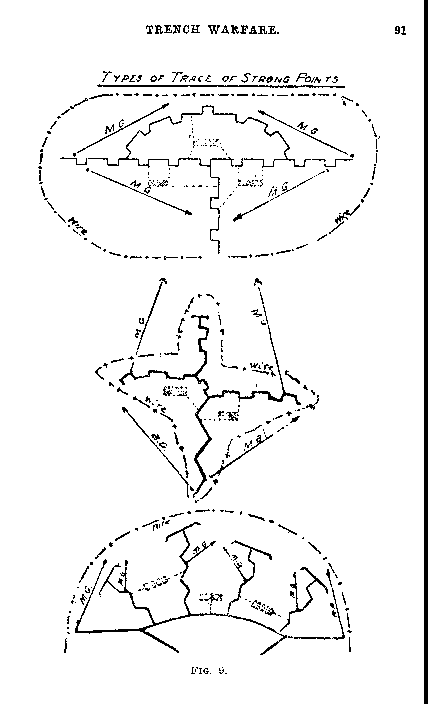

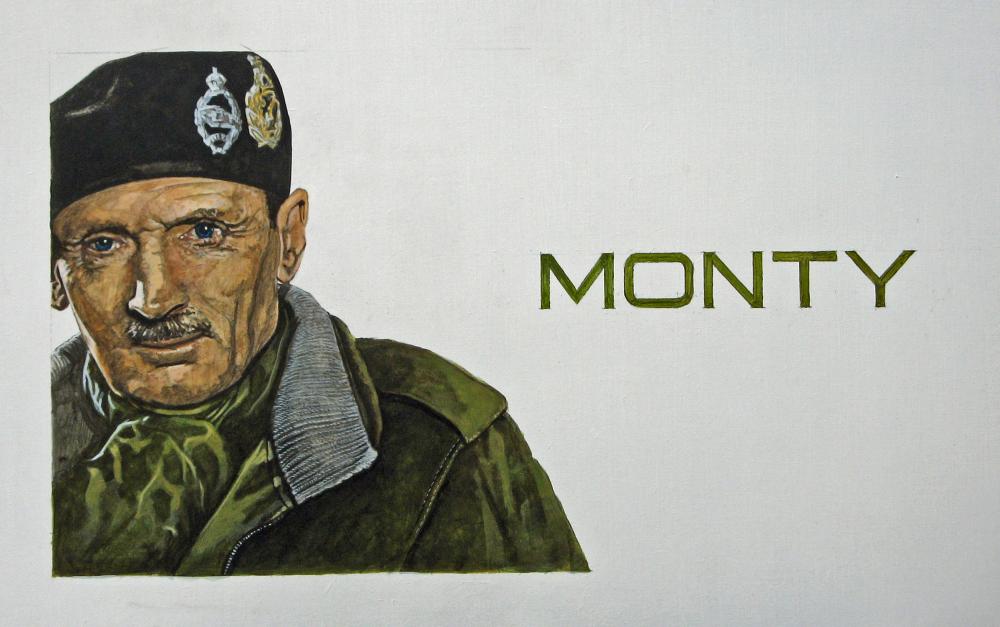
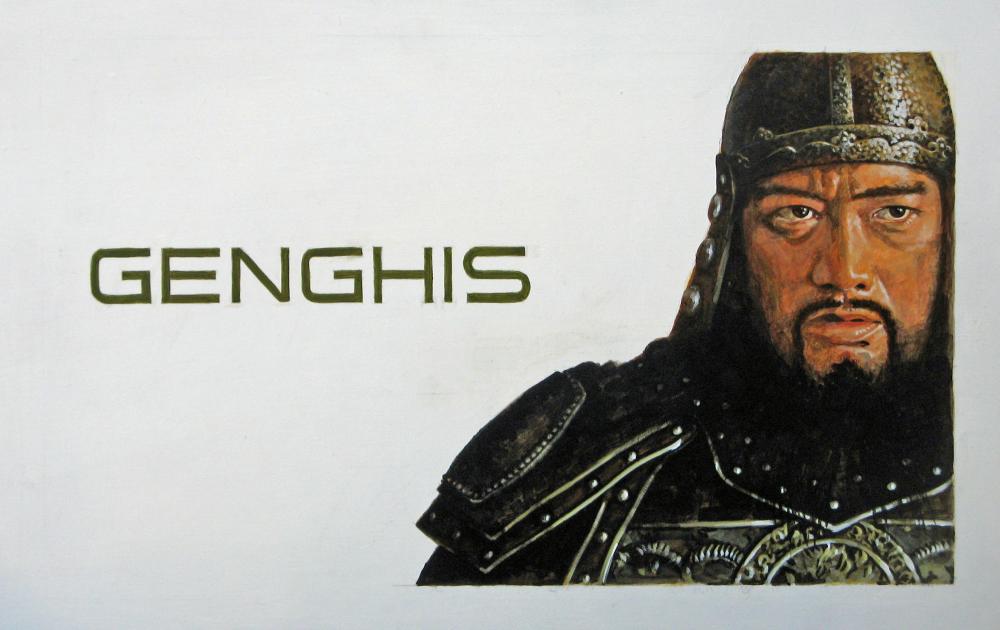

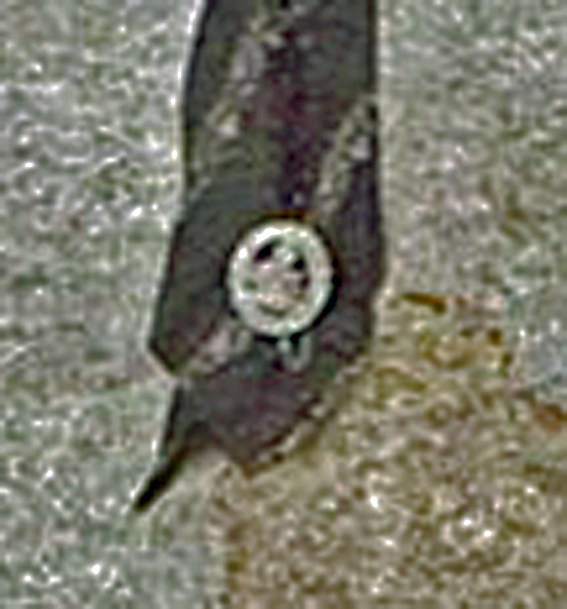
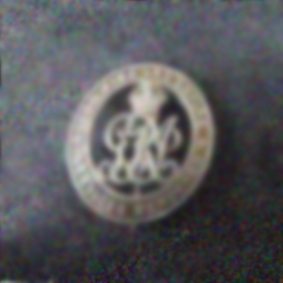

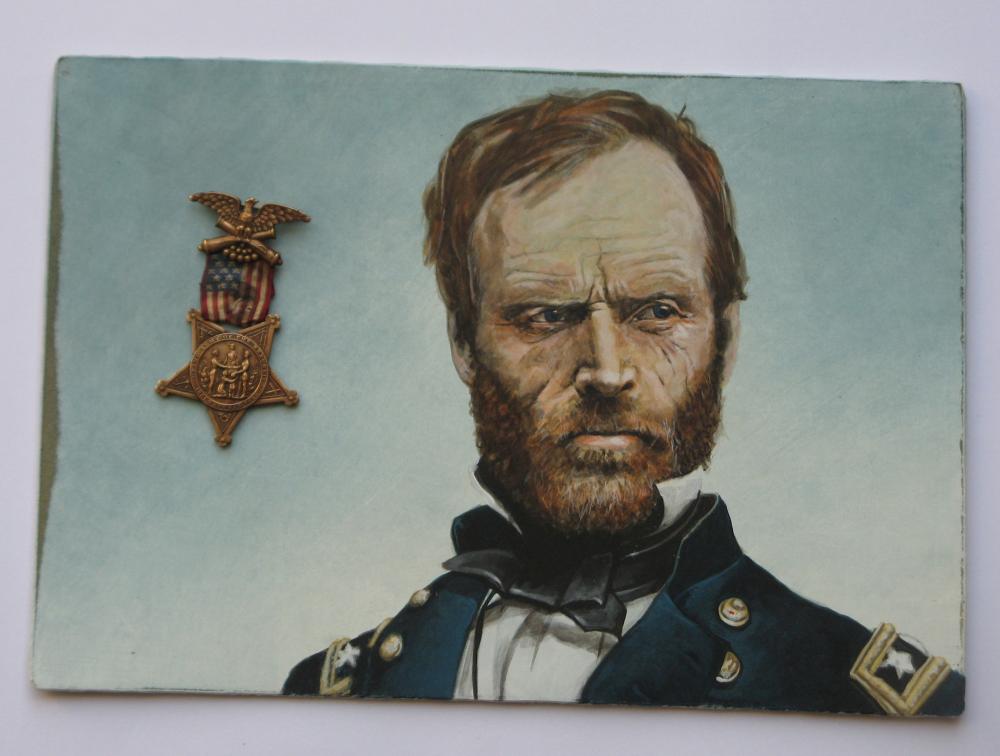
.thumb.jpg.34aab7750073f7800d9ecfaeb53f2f1c.jpg)
